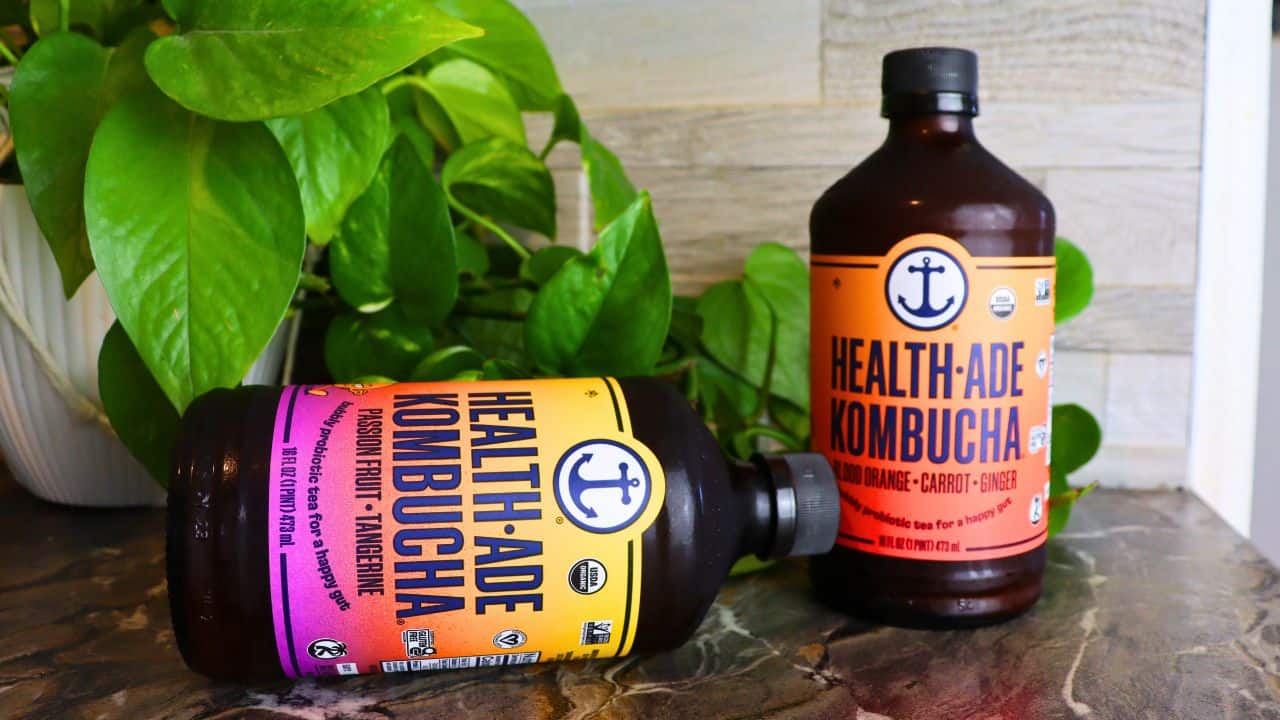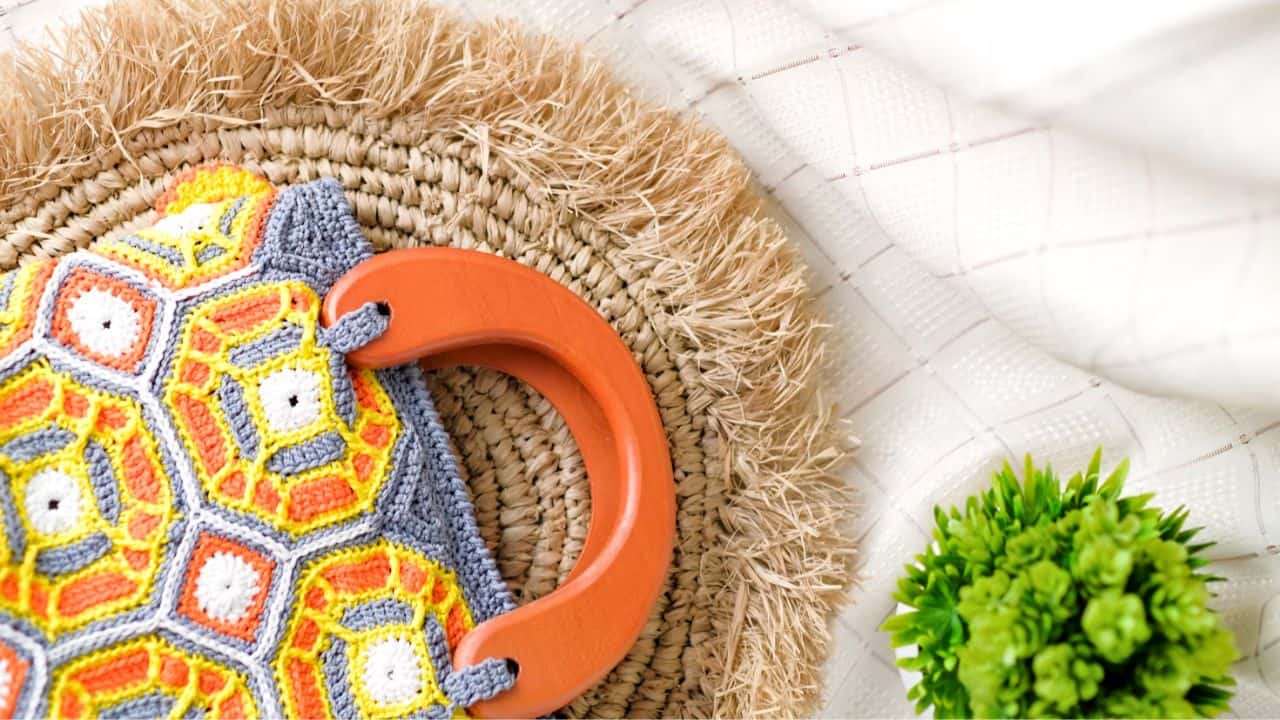It’s common to see beauty brands marketing themselves as ‘clean’—but what is clean beauty?
Influenced by a rise in conscious consumerism, the once-niche clean beauty movement has been propelled into the mainstream, with prominent names jumping on the trend.
But what are the standards of clean beauty really, and are they as pure as brands claim?
We weigh in on the clean beauty collective and try to get to the bottom of this complicated trend.
Exploring What Is Clean Beauty & Skincare?
1. What Does Clean Beauty Mean?
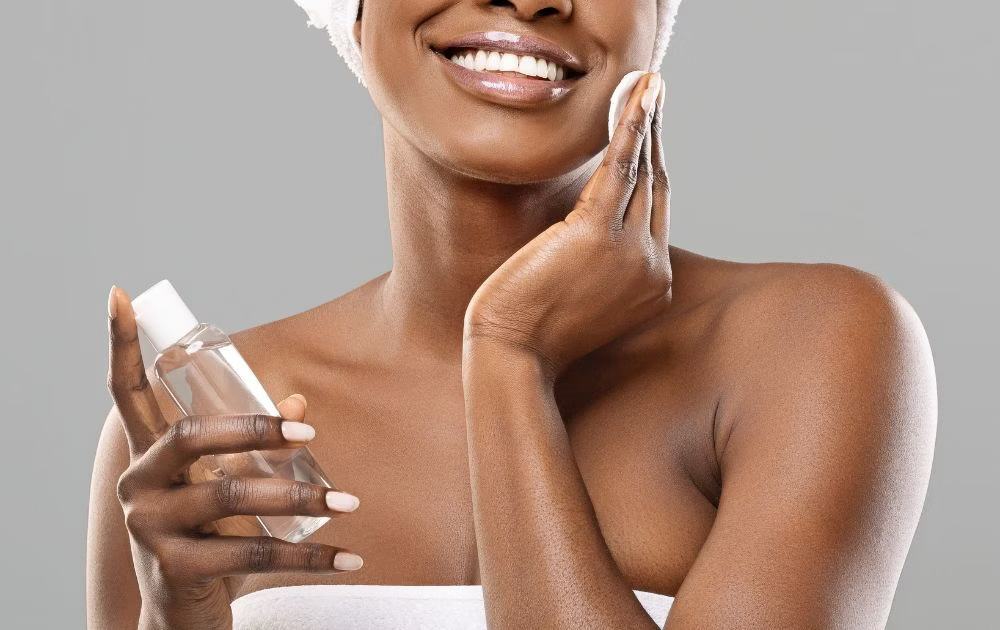
What is a clean beauty brand?
Clean beauty is an umbrella term that refers to cosmetics, skincare, and even some personal care products made of clean ingredients and free of harmful or toxic ones.
Okay, so what are clean ingredients?
Typically, ‘clean ingredients’ refer to non-toxic, safe, and environmentally-friendly ingredients.
It’s also often means natural ingredients (think: coconut oil, jojoba oil, mineral tints, and plant pigments).
However, they may still use some synthetic ingredients deemed safe for consumers’ health and the environment.
The clean beauty movement is a rejection of conventional beauty brands and their use of potentially dangerous ingredients such as:
- Parabens
- Synthetic fragrances
- Sodium lauryl sulfate (SLS)
- Phthalates
- Artificial colors
- Formaldehyde
- Aluminum compounds
- Hydroquinone
- Oxybenzone
- Triclosan
- Refined petroleum
- Talc
- Butylated hydroxyanisole (BHA)
At first glance, clean beauty trends can be seen as something positive. They are concerned for our health and the planet, often striving to minimize their environmental impact and using more ethical sourcing methods.
However, there isn’t an official definition of the clean beauty movement, which creates some disparities between clean skincare companies and confusion for shoppers.
What’s considered ‘clean’ or ‘dirty’ regarding skincare ingredients varies depending on the brand and the consumer’s values.
For instance, some may define clean and natural beauty as that which purely consists of natural ingredients, while others may be perfectly accepting of safe synthetics.
This is where the term starts to get murky and prone to misuse.
2. How Did The Clean Beauty Movement Start?
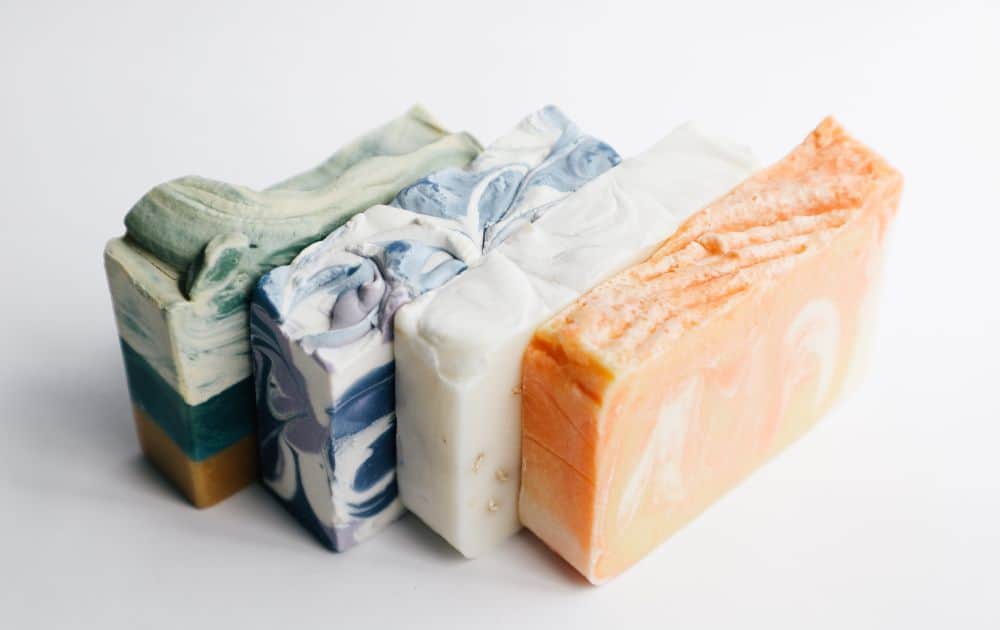
We’ve defined what is the clean beauty trend, but how did it come about?
The clean beauty movement rose with the wellness industry, specifically clean eating and detoxification. These trends saw an increased demand for clean beauty products with stripped-back, minimalist and ‘clean’ ingredients.
While there have always been proponents of natural beauty, it gained significant traction in the late 2000s and early 2010s, spurred by increased scrutiny of product ingredients and growing concerns about the potential health risks associated with certain synthetic chemicals commonly found in cosmetics, such as parabens, phthalates, and formaldehyde.
The concept also stems from the consumers’ growing awareness of stricter regulations on cosmetic ingredients and more knowledge about skin irritation causing ingredients. For instance, when the EU began banning ingredients common on America’s beauty aisle shelves, Americans began asking why.
Now more than ever, consumers want to know what’s in their skincare and whether they can trust it to go on their face and body. As a result, clean beauty boomed.
Environmental sustainability and ethical considerations also played a role, as consumers sought out products that were eco-friendly, cruelty-free, and produced with minimal environmental impact.
3. Clean Beauty vs Natural Beauty
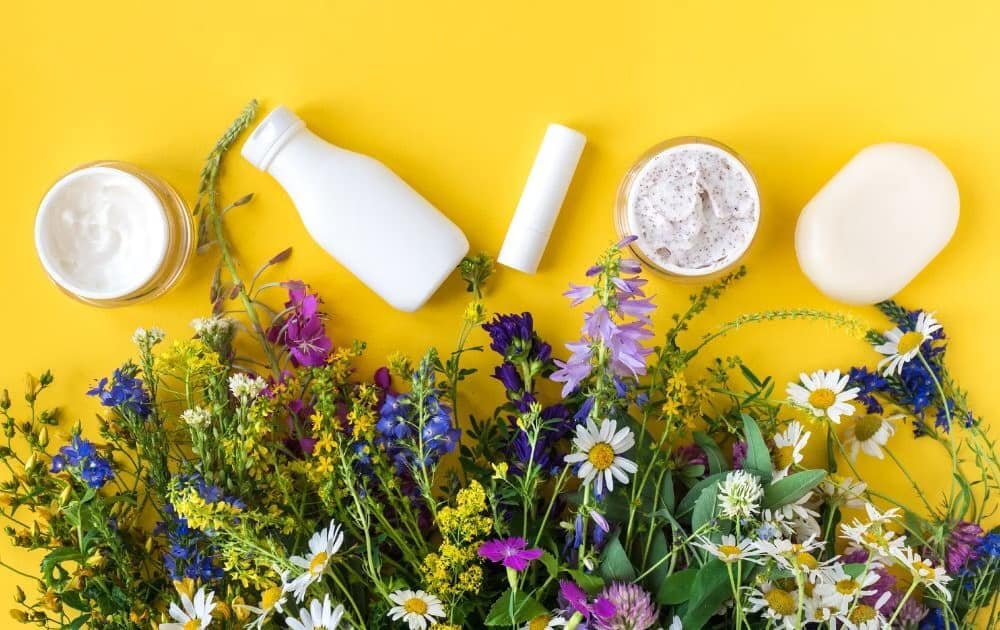
We’ve defined clean beauty, but what does natural beauty mean? Are the two terms the same?
Although you might see clean and natural beauty used interchangeably—especially by brands more likely to be accused of greenwashing—they have slightly different meanings.
Natural beauty emphasizes the use of ingredients derived from nature.
Clean beauty products usually contain plant-based or naturally occurring substances, such as botanical extracts, essential oils, and minerals. Natural beauty brands might prioritize organic or wildcrafted ingredients and avoid artificial substances.
Like clean beauty, no official or regulated definition of ‘natural’ beauty exists. This means products labeled as natural may still have synthetic ingredients.
It’s also important to note that natural ingredients might not be better for your skin or the environment. Some natural beauty products may use ingredients that aren’t sustainably sourced or have a high-carbon footprint.
For example, palm oil is a 100% natural ingredient, but depending on how it’s sourced, it can be remarkably unsustainable, leading to massive deforestation, animal habitat endangerment, and biodiversity loss.
Not all natural ingredients are suitable for everybody’s skin too. Specific essential oils or minerals can irritate sensitive skin and should be diluted or used cautiously.
Clean beauty brands, on the other hand, often prioritize transparency, providing clear information about their ingredients, sourcing practices, and manufacturing processes. The focus is on promoting overall well-being by choosing products believed to be safer for personal health and the environment.
4. Why Is Clean Beauty Important?
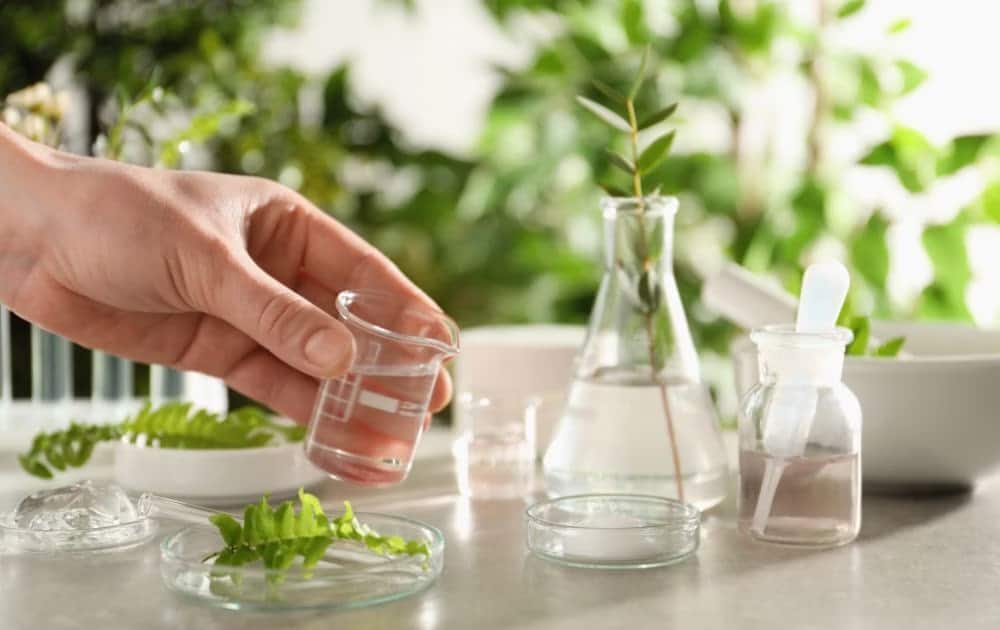
Before we dive into the criticisms and how to choose the best clean beauty products, let’s look at the concept’s advantages.
Encourages Ingredient Research
The non-toxic beauty movement was the first to spotlight what we were putting on our skin and hair.
It encouraged consumers to question ingredients, particularly those that are toxic, cause irritation, and, worse, are carcinogenic and endocrine disruptors.
Before clean beauty trends, most consumers didn’t pay much attention to what was in their skincare and whether it could be harmful.
It’s thought the rise in skin sensitivities and knowledge of possible irritations caused by synthetic ingredients have influenced this behavior shift.
Now, consumers want skincare products with honest and minimalist ingredient lists.
As a result, labels are read more carefully, and a mindful approach to understanding skincare ingredients has been adopted as more people attempt to truly understand what clean skincare means.
Holds Skincare Brands Accountable
By reframing the focus on what goes into our skincare and pushing for more natural, sustainable, and better quality ingredients, clean beauty concepts hold brands accountable for using potentially dangerous and toxic elements.
Consumers don’t take skincare ingredient lists at face (pardon value) value anymore. Now they know what to look for.
Conventional beauty companies are feeling the pressure to step up and switch to natural skincare if they want to still appeal to customers.
Promotes Transparency & Environmental Impact
The clean beauty movement has been attributed to igniting the conversation about environmental sustainability in the industry.
Before it took off, only a few big-name brands discussed the impact of packaging on the environment or the importance of ethical ingredient sourcing. Even fewer were partnering with non-profit organizations or tackling broad-scope environmental problems and managing their carbon emissions.
Once the clean beauty collective emerged, more sustainable skincare options became available. Brands began to make their products recyclable, used zero waste skin care or reusable packaging, explored alternatives to plastic, and adopted eco-friendly inks and certified sustainable cardboard.
Green beauty also raises awareness of the environmental impact of the industry’s top ingredients. Some offenders include:
- Oxybenzone and octinoxate: Chemicals found in UV blockers like sunscreen that contribute to coral reef bleaching.
- Triclosan: An antibacterial agent that’s toxic to aquatic bacteria, algae and dolphins.
- Parabens: A family of preservatives known to disrupt hormones.
- Phosphates: Chemicals present in most soaps and lathering products that leach into water systems, causing eutrophication and “dead zones” in waterways worldwide (especially combined with big agriculture’s use of synthetic fertilizers which compound this issue).
- Siloxanes: Known to bioaccumulate in aquatic food chains.
- Plastic microbeads: Microplastics that get consumed by marine life.
Although specifics in answering the question, “What is a clean beauty product?” aren’t always clear-cut, the movement paved the way for ingredient sourcing transparency in the industry.
Clean beauty brands such as Ethique and 100% Pure have dedicated pages on each ingredient they use.
Many companies also detail how each element is used, where it comes from, the labor involved in extracting it, and what’s being done to ensure it’s not depleting natural resources.
Other brands have tackled the problem of unethical ingredients in skincare by replacing them with ethical alternatives, like swapping beeswax for Carnauba wax and mineral mica for kaolin clay.
Another example is squalane, an ingredient used to balance oil production in the skin. Squalane is a lipid found naturally in our skin and planets. However, the cosmetics industry previously sourced it from shark liver oil and added it to various products, including antiaging cream and lip gloss.
Thanks to the greater demand for transparency, more clean beauty brands are using synthetic and plant-based squalane, which is more ethical and sustainable.
Better For The Skin
The clean beauty movement avoids potentially harmful ingredients, making products better for the skin.
The risk of skin irritation is reduced, thanks to gentler formulations and no harsh chemicals. A clean beauty product is less likely to strip the skin of its natural oils or disrupt its delicate balance, nurturing and nourishing the skin instead.
Many clean ingredients provide essential hydration, vitamins, minerals, and other benefits supporting skin health and vitality.
Clean beauty also recognizes individuals’ sensitivity levels or preferences for skincare products. By offering a range of options free from certain ingredients, clean beauty allows consumers to make choices that align with their specific needs and values, reducing the likelihood of adverse reactions or discomfort.
As with any skincare product, it’s important to note that individual skin types and sensitivities can vary. What works for one person may not work for another.
Even though clean beauty is generally considered better for skin health, it’s still advisable to test products, read reviews, and consult with skin care professionals to find the best clean beauty products for your specific skin needs.
5. Clean Beauty Criticisms
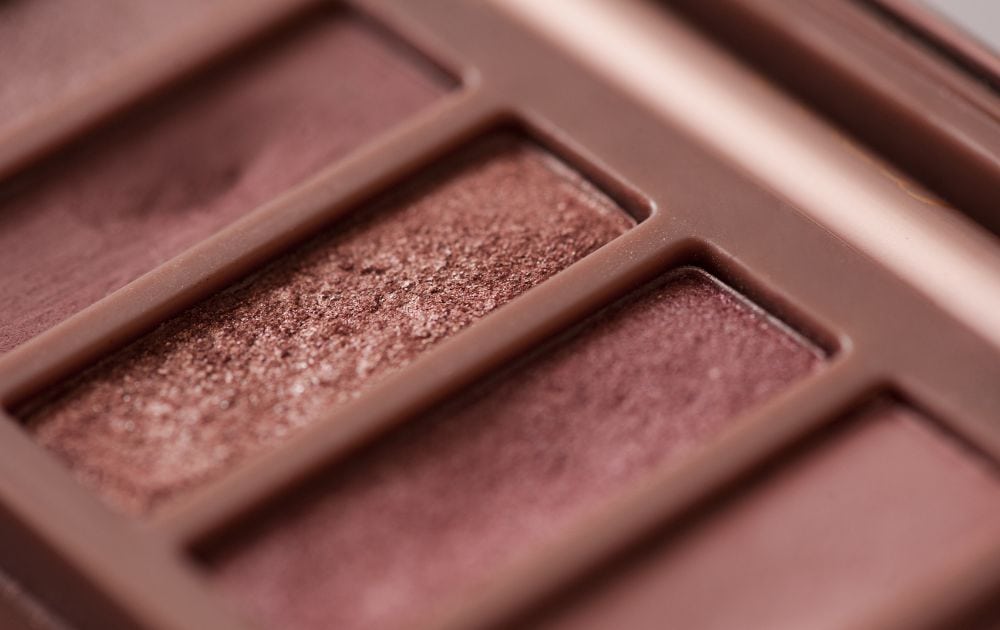
Like many skincare industry trends, green beauty isn’t without its critics and controversies.
So, is clean beauty actually clean?
Unethical and Unsustainable Sourcing
Natural beauty trends aren’t a simple answer to making the industry more environmentally friendly. Despite their green agenda, they, too, risk contributing to unsustainable sourcing in their extraction of natural resources.
By increasing demand for natural ingredients, clean beauty products can increase the risk of forced slave labor and unethical work conditions.
Examples of this are seen in India, using child labor for mica mining. Mica is a mineral used in everything from makeup to car paint, thanks to its shimmery quality.
These products can also contribute to the depletion of natural resources in those areas, destroying the environment and disempowering local communities who rely on these resources.
Palm oil is one of the biggest culprits. The ingredient is used in beauty and food products and contributes to the destruction of rainforests and the loss of animal habitats that could eventually result in extinction.
However, fully boycotting palm oil isn’t the answer either. Alternative oils like coconut, soybean and rapeseed require significantly more land and resources to provide the same yield.
If our dependency on palm oil switched to one of these alternatives, the environmental impact and biodiversity loss could be much more severe.
Certified and strictly regulated ingredient sourcing is the key to ethical and environmentally conscious skincare brands, whether or not they label themselves clean and green beauty. Using safe synthetic ingredients is also a more sustainable beauty solution.
Greenwashing Accusations
As we’ve mentioned, there is no regulated or even informally agreed upon clean beauty definition—at least not in terms of marketing or legal labeling. The term is ambiguous and changes depending on the brand or product.
This creates a considerable problem for greenwashing, as many companies misuse the term to be seen as more eco-friendly.
With no legal definitions for related words like ‘naturally derived’, ‘natural’, ‘renewable’, and ‘sustainable’, a beauty product can make these claims without needing to back them up. Brands can put ‘clean ingredients,’ ‘non-toxic,’ or natural on the packaging and sell the product without ramifications.
The non-toxic beauty movement also vilifies safe ingredients in skincare because they are chemicals, when in some cases, a safe synthetic may be the more skin-friendly and sustainable option.
Whether an ingredient is safe or not isn’t straightforward. Defining toxic ingredients depends on where you are. For example, the EU has banned over 1300 ingredients from cosmetics, while the US FDA has banned only 11 chemical classes (and considering vinyl chloride is among them—AKA one of the most toxic substances on earth—the bar is very low).
We also must consider that every ingredient can be toxic in the wrong dose—even water or oxygen.
Clean beauty advocates tend to be overly concerned with synthetic chemicals and preservatives. When they label a product as non-toxic, it generally means it doesn’t contain ingredients that are toxic at any level.
However, the alternatives aren’t always better in clean beauty, meaning consumers need to scrutinize not only the ingredients themselves, but where they come from, what they’re combined with, and what doses they’re in, to name a few.
Some clean beauty products use high concentrations of essential oils and denatured alcohol, as well as highly irritating ingredients that increase skin sensitivity and damage.
Some essential oils may be processed with synthetic chemicals or sourced from plants subjected to heavy pesticides, rendering them toxic.
The bottom line is that naturally-derived ingredients aren’t always best for your skin and sourcing matters. Depending on many factors, synthetic ingredients can sometimes be safer and more effective.
6. How To Help The Clean Beauty Movement
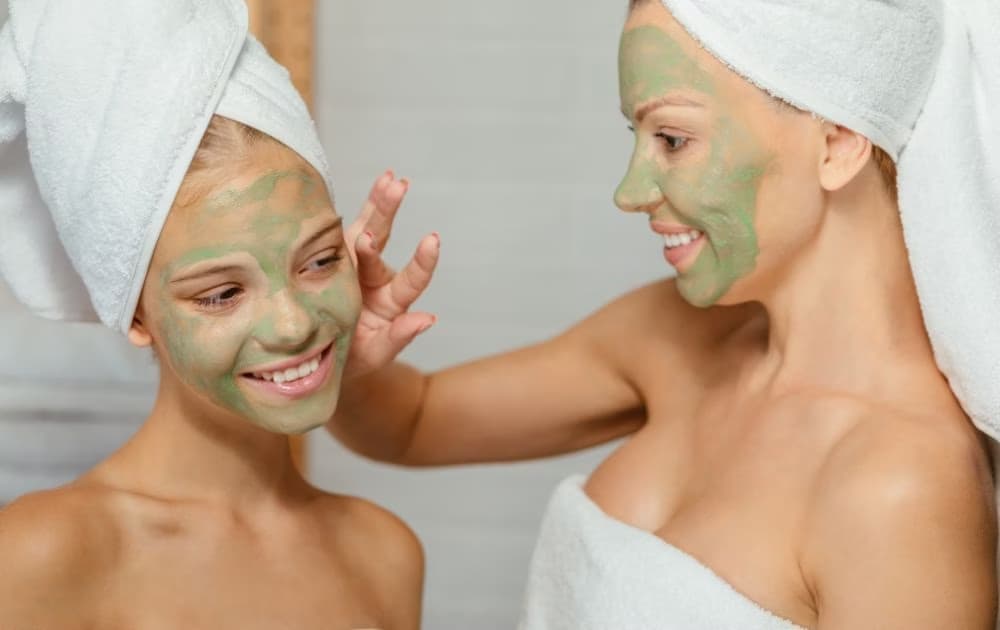
The clean beauty collective isn’t perfect, but with your help, it can certainly be better.
Genuine clean beauty trends and brands are better for the planet and your well-being and deserve more recognition and consideration.
Educate Yourself
Take the time to educate yourself about clean beauty principles, ingredients to avoid, and the potential impacts of conventional beauty products on personal health and the environment. Stay informed about emerging research, certifications, and reputable, clean beauty brands.
Read Labels & Research Brands
When shopping for personal care products, read labels carefully to understand the ingredients used fully. Look for brands prioritizing transparency and providing clear information about sourcing and manufacturing practices.
Research brands to ensure they align with your values and are genuinely committed to better beauty.
Support Clean Beauty Brands
Choose to purchase products from clean beauty brands that align with your values. By supporting these brands, you contribute to their growth and success, encouraging the development of more clean beauty options in the market.
Spread The Word
Share your knowledge and enthusiasm for clean beauty concepts with others.
Talk to friends, family, and colleagues about the importance of clean beauty, the potential risks of conventional beauty products, and the benefits of making informed choices. Utilize social media, write reviews, or start a blog to share your experiences and recommendations.
Advocate For Change
Engage in conversations with industry professionals, retailers, and policymakers.
Encourage brands and retailers to prioritize clean beauty trends and offer cleaner options.
Support or participate in campaigns that raise awareness about the movement and advocate for stricter regulations and ingredient transparency in the beauty industry.
Reduce Waste
Think about the environmental impact of your beauty routine.
Opt for products with sustainable packaging, recycle empty containers, and reduce overall waste by switching to multipurpose products or DIY alternatives.
Practice Conscious Consumerism
Be mindful of your consumption habits and make intentional choices. Focus on quality over quantity, and avoid excessive purchasing of products you don’t need.
Choose products that fit your values, whether clean beauty, cruelty-free, organic, or other ethical considerations.
Support Non-Profit Organizations
Contribute to non-profit organizations and initiatives that promote clean beauty, sustainable practices, and safe cosmetics.
By supporting these organizations financially or through volunteer work, you help advance their missions and raise awareness about genuine clean beauty.
Even small actions can make a difference in helping grow the clean beauty space. By being a conscious consumer and advocating for change, you can contribute to a healthier, more sustainable beauty industry.
7. Advice For Choosing Clean Beauty Products
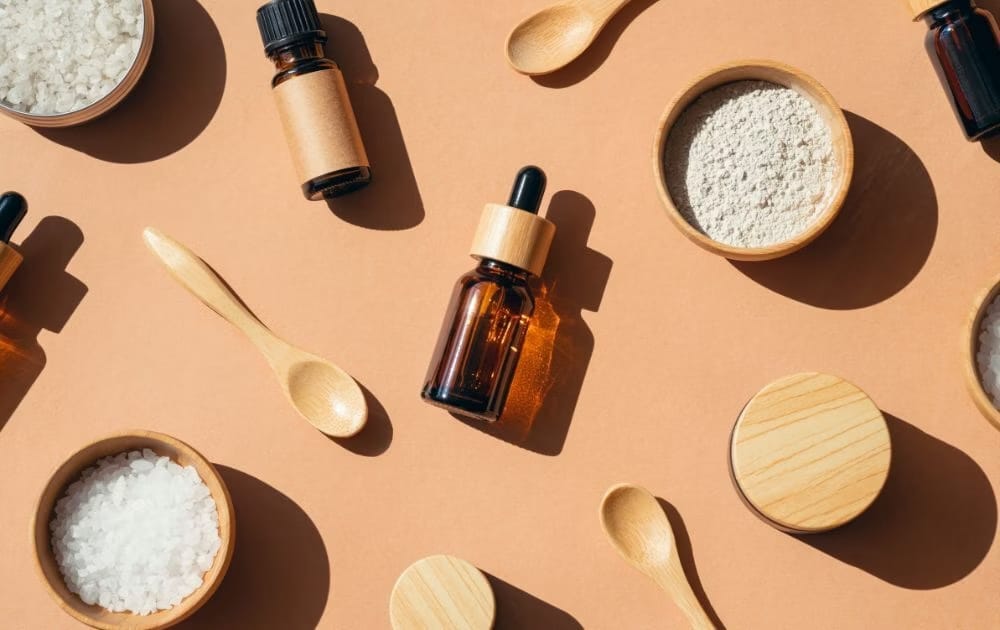
Cutting through the noise in the clean beauty world can be confusing. Searching for the best clean brands requires planning and careful thought—all part of the fun of eco-fying your skincare routine.
The best way to work out if a ‘clean’ skincare product does what it says on the packaging is to look for external certifications that prove they’re holding their claims to account.
Certified organic skincare, in particular, proves all product ingredients are free from harmful pesticides.
The main certifications to look out for include the following:
Speaking of the EWG, their Skin Deep database is an excellent resource to look up ingredients and do your own research on the safety of natural and synthetic ingredients alike.
Or look up ingredients as you shop out and about with the Think Dirty app.
Another helpful tactic is to pay attention to brands that actively encourage you to look at their ingredient lists to make informed decisions about what you want to avoid.
Closing Thoughts On Clean Beauty & Skincare
As consumers become more concerned with what goes into the products we put on our skin, the clean beauty movement will respond, evolve, and grow.
In fact, the global clean beauty market is estimated to be worth $14.6 billion by 2028.
Technology has a huge part to play in this. Advancements mean manufacturers can create products less harmful to our skin and the planet, utilizing synthetic ingredients or sustainably sourcing natural ones.
We’ll likely see ‘clean’ or ‘natural’ labels on more items and brands. This is a good thing in theory, but, as we’ve mentioned, it also risks greenwashing and consumers being misled, especially if the lack of industry regulation continues.
A cleaner beauty industry should be embraced and encouraged, but never accepted blindly.
Remember to research, ask questions, support genuine brands, and treat your skin carefully—oh, and share this article so that others can as well.






